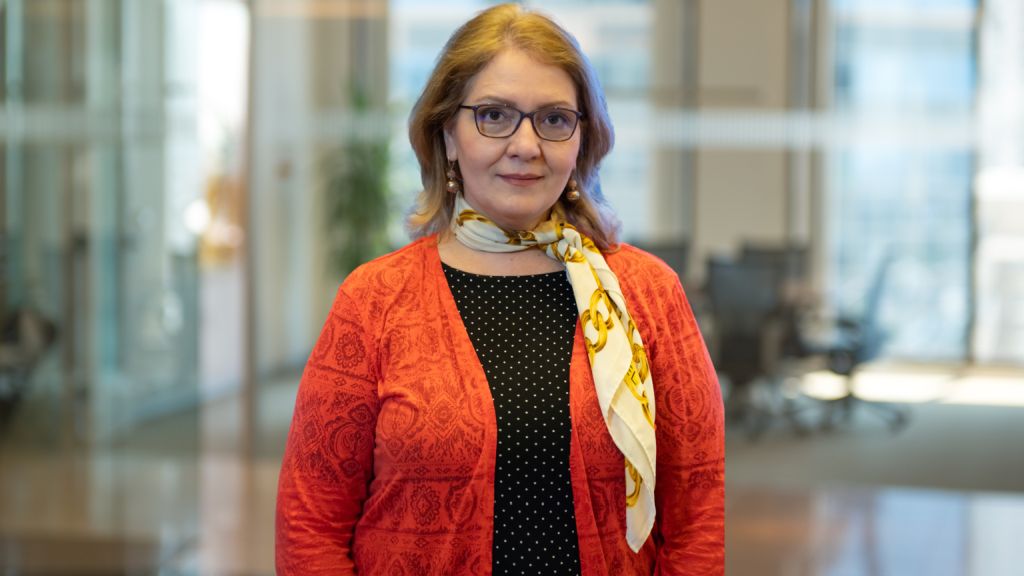Contracted ratio
More than 70 % from total EUR 27,7 bln. EU Funds allocated to Romania for the current programming period 2007-2013 have been already contracted by 31st of August 2012. The rest of 30 % can be contracted until 31st of December 2013.
Internal absorption rate
The payments done by the national authorities to the beneficiaries based on which each Member State will request funds from the European Commission in a certain negotiated quota are reflected by the internal absorption rate. The internal absorption rate is over 30 %, especially due to high absorption rate in Agriculture Policy. The Cohesion Policy – the most significant one in terms of total EU Funds allocated – is about to reach only 20 %.
External (effective) absorption rate
EC (European Commission) reimburse the Member States non-reimbursable funds in the established quota reflecting the external absorption rate. The external absorption rate in Romania is still the lowest in the EU, around 21 % from total allocated funds. Agriculture Policy is about to reach 50 % external absorption rate, being close to the European average, but the Cohesion Policy is still below the target, with less than 10 % external absorption rate.
The rest of 79 % of the funds can be absorbed until 31.12.2015 (n+2 rule).
AREAS FOR IMPROVEMENT
In the following critical areas timelines could be enhanced / shortened (by increasing the efficiency on the authorities’ side) which would result in the target scenario as described below:
The evaluation phase of the projects dossiers either by:
- Improving the current performance of the Public Intermediary Bodies and reducing the evaluation process of the projects submitted from minimum 6 months to maximum 3 months OR
- Delegation of evaluation process (all three sub-phases: administrative, eligibility and technical-economical check) to Private Intermediary Bodies
The implementation phase of the projects:
- Multi-annual budgets and sound annual cash-flow in order to assure the reimbursement to the beneficiaries in due time (maximum 90 days) OR/AND
- Private Intermediary Bodies to manage the payments (checks and transfer)
The following concrete measures and steps are suggested if the Private Intermediary Bodies will not be taken into consideration:
- Inclusion of KPIs in the “Partnership Contract” to be concluded in 2013 between each eligible Member State and European Commission
Currently no clear benchmarks (both in evaluation and implementation process and in payment terms and conditions) are set and no penalties/consequences for the Government are settled on in case of default in achieving its obligation according to financing agreements concluded with beneficiaries, especially those related to evaluation time constraints and reimbursement schedules.
- Regionalization (delegation to the regional offices, existing, but underexploited) of the administrative check – completeness of the dossier and eligibility check of the assessment process of the dossiers. Currently, most of the documents / material are sent to the responsible authorities in Bucharest.
- Ministry of EU Funds Currently, the responsibility for EU programs is scattered among 7 ministries. The current European Affairs Ministry in Romania does not have the authority to intervene (penalties, decisions) in relationship with the Management Authorities, having mainly a consultative role.
For more efficient management process, EU Funds Ministry could be created or one command deck for the entire absorption process should be established. To enhance the situation the set up/ structure in other countries should be checked and a best practice approach should be followed.
The overall EU Funds absorption process is as follows:
I. Preparation and submission phase (minimum 2 to 5 months) – 4 steps
3. Clients make first contact wit a consulting firm in order to commence preparation to submit the project to Authorities – 1 month
2. Preparation of the dossier (feasibility study, permits, authorizations) – 1-3 months
1. Clients contact the Bank for project bankability with the request to issue a conditional letter of comfort required to present the dossier. Can be simultaneous with step “-2” – 1 month
0. Submitting of the project
II. Evaluation phase and signing the public contract (minimum 10 months) – 5 steps
1. Evaluation process done by the authority in 3 sub-phases – minimum 6 months, usually 9 months
a. Sub-phase “a” – Administrative check – minimum 2 months
Through administrative check are verified: the list of mandatory documents to be presented and the completeness of the dossier, the form/version of the documents, the appropriate signatures, the validity of the permits / authorizations, etc. The outcome: YES or NO
b. Sub-phase “b” – Eligibility check – minimum 2 months Through eligibility check are verified: the quality of the applicant (micro-company, SMEs or large company), NACE code, other state aids received, budget eligibility, location eligibility, value of the letter of comfort, company not in difficulty, etc. The outcome: YES or NOT
c. Sub-phase “c” – Technical and economical check – minimum 2 months
Through technical and economical check are verified: the technical solution, the cash-flow, Cost-Benefit Analysis, net present value, internal rate of return, environmental impact, etc. The outcome: each project will receive a certain number of points
2. Claims submission and answering: In case clients do not agree upon the results of the checks by the authority (after each sub-phase the result is communicated to the client) they usually address the authority and make a claim which is replied by the authority – 1 month
3. The final list of approved projects is published – 1 month (all projects approved by the authority under an EU-call within a specific national program are published as approved at the same time)
4. Clients contact the Bank either for a second letter of comfort (mandatory for signing the financing agreement with the authorities, depending on the requirements of the specific national program) or for project financing which is subject to signing the Financing Agreement with National Management Authorities – 1 month
5. Signing the Financing Agreement with National Management Authorities – 1 month
III. Implementation phase and absorption counting (depending on the complexity of the projects and the authorities’ capacity to reimburse the money in due time – maximum 24 / 36 months) – 5 steps
6. Acquisition procedures and selection of the providers – 2 months
7. Credit drawdown, if the case (client draws part of the loan and together with own funds are used to pay the selected providers) – up to 22 months for simple projects, up to 34 months for complex projects
Reimbursement Phase
Client submits reimbursement requests to the authorities for the part which is under the specific program eligible for such reimbursement (in many cases supported by a consultant in preparing such request).
The payments done by the Member State to the companies, based on which each Member State will request funds from the European Commission in a certain negotiated quota – on average 85 % from the values paid to beneficiaries, 15 % being the national contribution are reflected by the internal absorption rate
The following further steps concern the State and the EC:
8. National Management Authorities submit (in a centralized manner) payment requests to EC (related to all projects for a specific program/ a specific axis) for a specific period
9. EC reimburse to the Member States non-reimbursable funds in the established quota (at this point the effective absorption rate starts to count). The delays in paying are due to the fact that in some cases EC demands additional information/ documents.




























